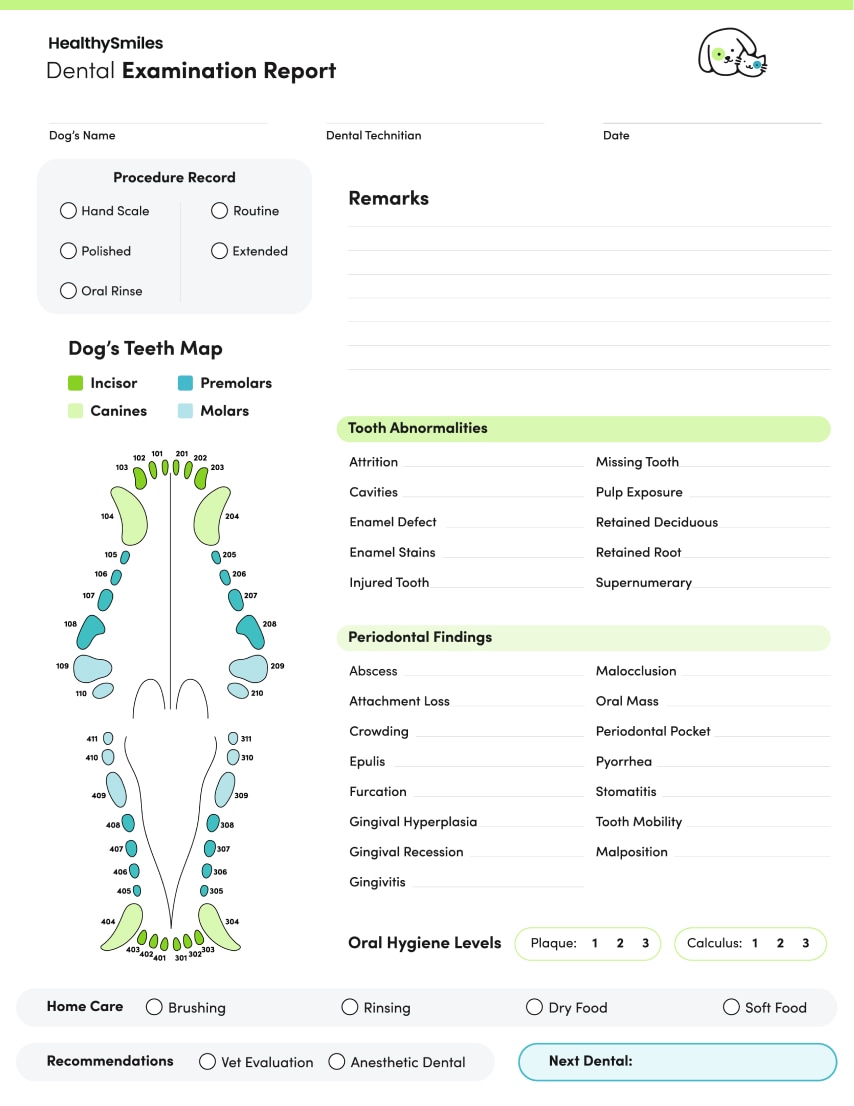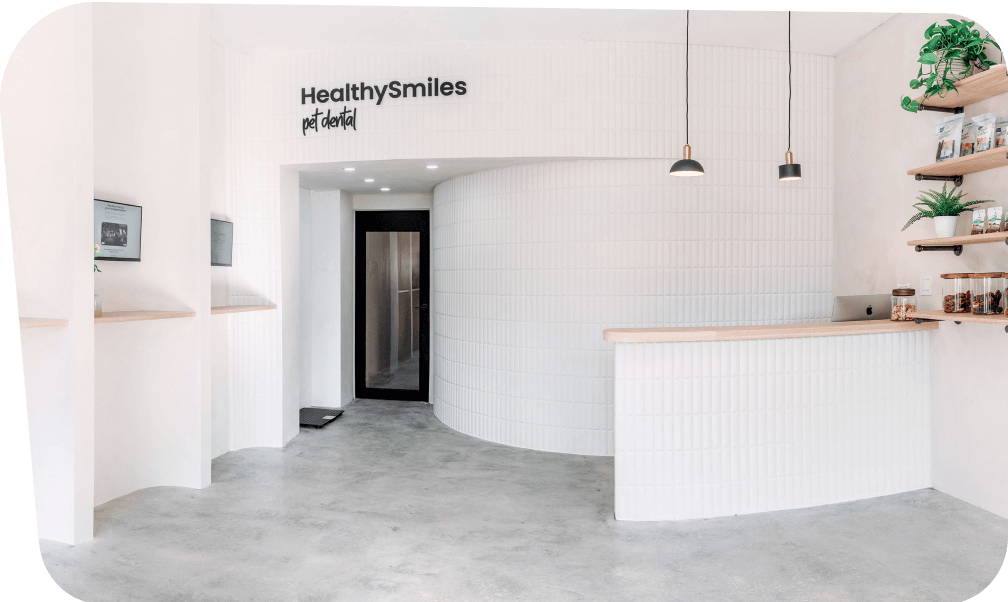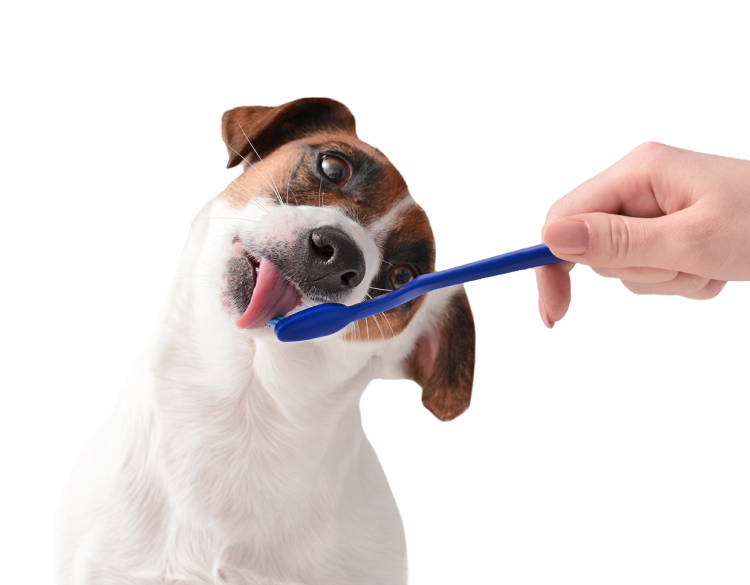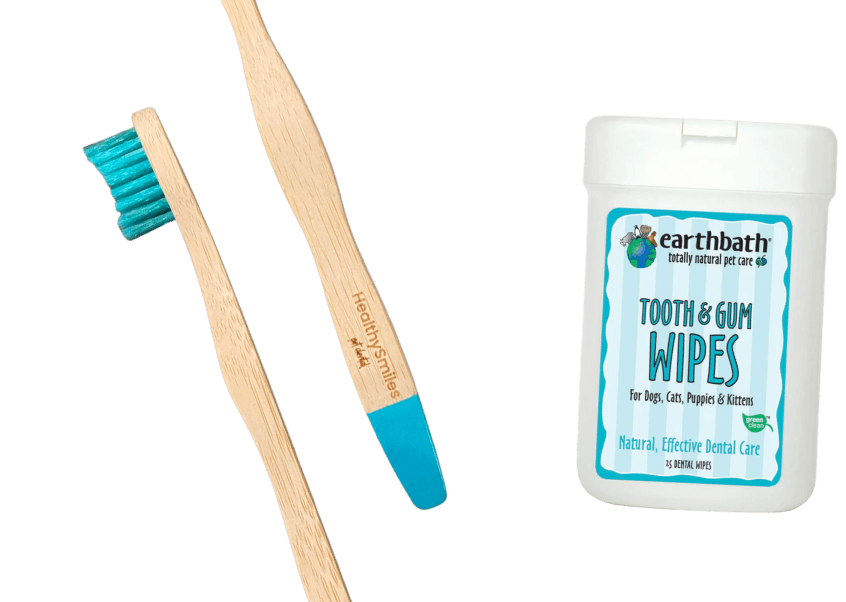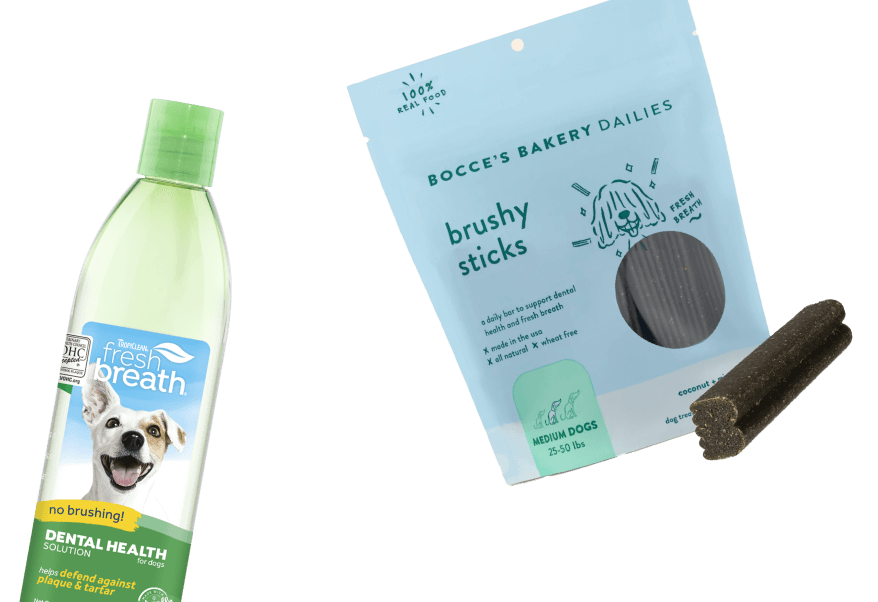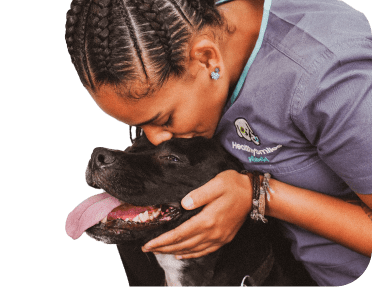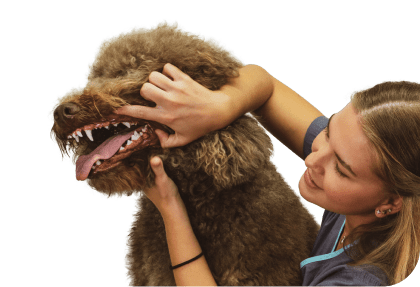How Many Teeth Do Dogs Have?
October 5, 2020How many teeth do dogs and cats have? What are the differences between cat and dog teeth? We have answers to all your questions!
Did you know that cats have fewer teeth than dogs and dog’s teeth collect more plaque than cats?
There are some big differences between canines and felines. For dogs, calculus can cause irritation to the gums which can lead to gingival recession and bone loss. Cats get cat-specific diseases such as stomatitis and resorptive lesions where the teeth and/or gums become painful and inflamed.
Remember that cats are stoic! Cats will not show clinical signs until the periodontal disease is advanced so watch for any odd behavior.
Different teeth perform different jobs. Cats have 26 baby teeth and 30 permanent teeth.
An adult dog should have 42 teeth in total, that’s 20 on top of their jaw and 22 on the bottom. Puppies have only 28 temporary teeth!
Not all dogs grow in their 42 teeth! In fact, for unknown reasons teeth may become entrapped by bone or gum tissue. This condition appears more commonly in Tibetan Terrier, Wheaton Terrier, Maltese, and Havanese.
Count your dog’s teeth after all the adult teeth grow in and the puppy teeth fall out. At worst, if you suspect this is a problem talk to your vet.
What about retained teeth? PetMD tells us that when puppy teeth don’t fall out on their own and stay in your puppy’s mouth they could present problems!
When puppy teeth do not fall out on their own and stay in your puppy’s mouth, they are called retained or deciduous teeth. This is an issue that can lead to overcrowding, which can cause abnormal positioning of adult teeth and increased susceptibility to periodontal problems.
With that in mind, there are four types of teeth you should know about and be familiar with before your pet has a dental cleaning.
- Incisors
- Canines
- Premolars and molars
- Carnassial teeth (carnassial teeth are the 4th upper premolars and the 1st lower molars)
Canine and Feline dental anatomy
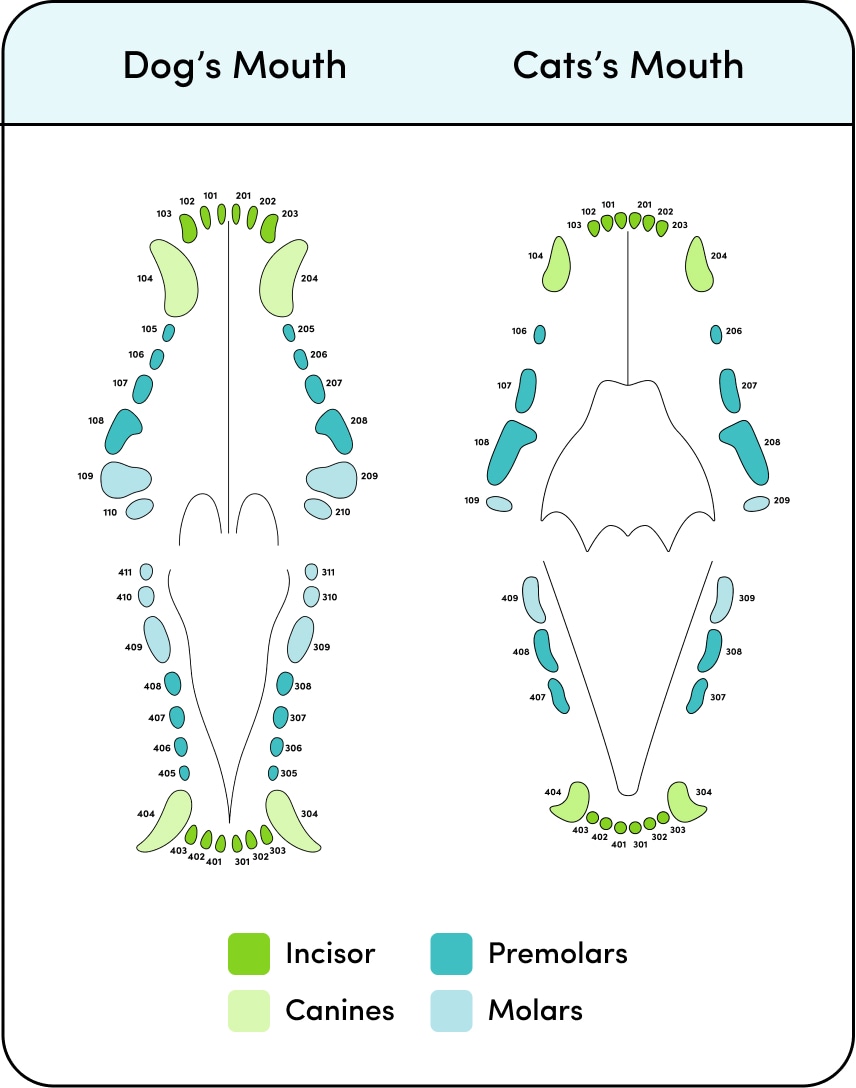
1. Incisors
Incisors are named first, second, and third based on their location in the mouth. There should be six incisors in the upper jaw and six in the lower jaw. Incisor teeth are used for shearing and grooming.
2. Canines
Two large canine teeth are located in the upper and lower jaw. The canines are designed to grasp and tear with great pressure.
3. Premolars and molars
Premolar teeth have sharp edges used for shearing. In the dog, there are four premolar teeth on either side of the upper and lower jaws. Dogs have four molars (2 on each side) in the upper jaw and six (3 on each side) in the lower. Molars have a flat surface used for grinding.
The cat has three premolars on each side of the upper jaw identified as second, third, and fourth; and two lower premolars on each side of the lower jaw called third and fourth. Cats have one upper and lower molar on each side.
4. Carnassial teeth
Carnassial teeth are the 4th upper premolars and the 1st lower molars. This term means “tearing of flesh” and is used to describe the largest shearing tooth of the upper and lower jaw in dogs, cats and other carnivores.
Pet tooth composition
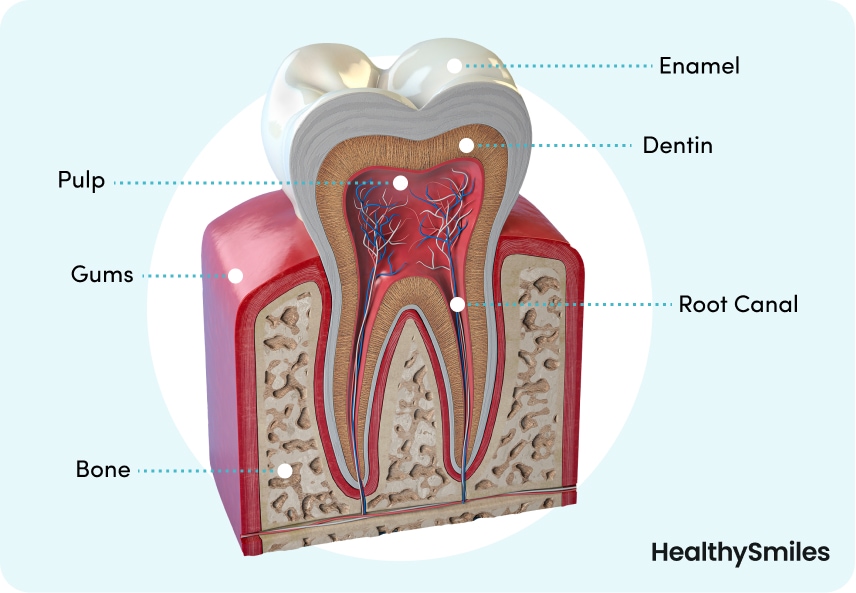
VetZone tells us that a tooth is composed of a portion above the gumline called the crown and a section below the gumline called the root.
Enamel, the hardest mineralized tissue found in the body, covers the crown. Cementum, which is attached to the periodontal ligament, covers the root. Dentin, softer than enamel, makes up the bulk of the tooth. Inside, the pulp is composed of live tissue that contains nerves, blood vessels and lymphatics.
Your vet technician should provide you with a tooth anatomy report
If your dog has an anesthetic or non-anesthetic dental cleaning, your vet should provide a detailed dental chart or report to show which teeth had complications or were extracted. Being familiar with the types of teeth will make the conversation easier to follow.
At HealthySmiles every patient receives a report card after their dental cleaning.
